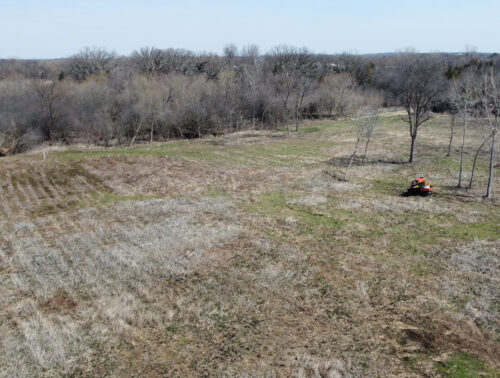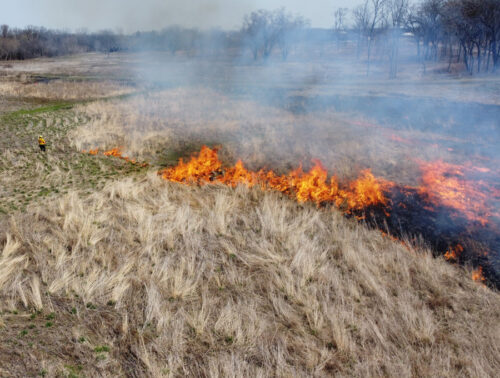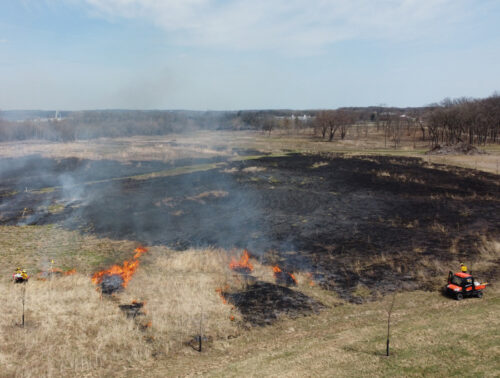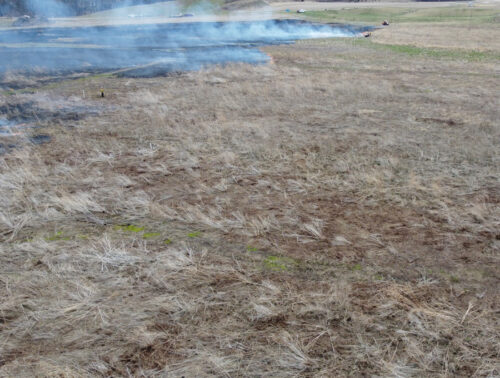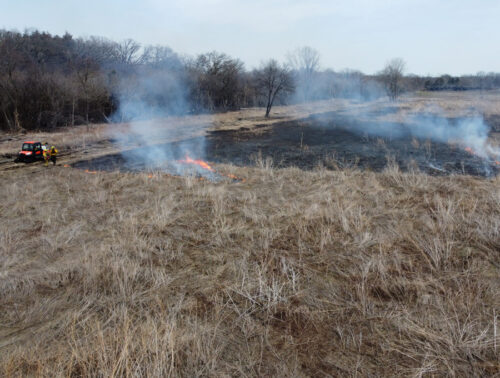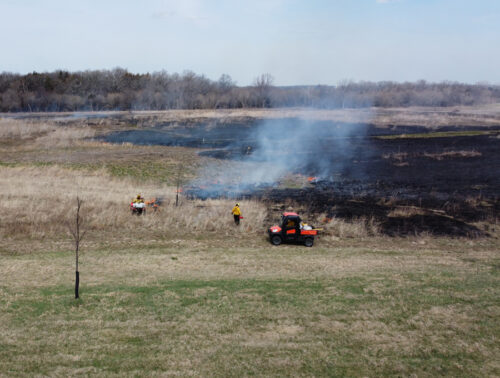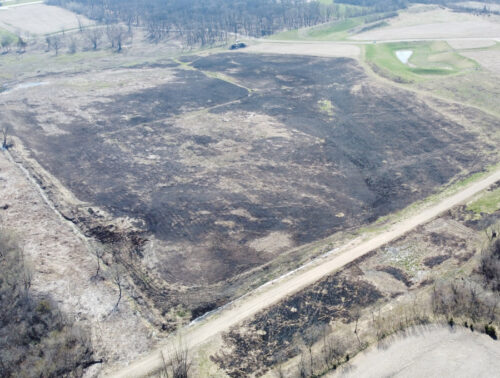How Prescribed Burns Revitalize Natural Areas
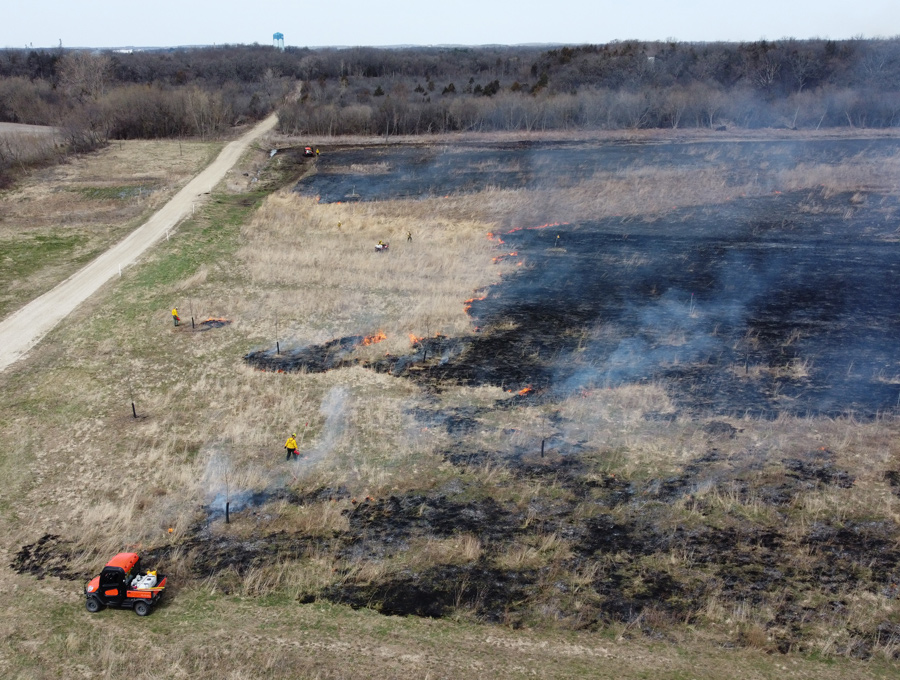
For centuries, fire has played an important role in our environment. However, the way we use land today, such as for agricultural crops, grazed pasture and paved roadways, has suppressed the natural occurrence of fire. The bare dirt of crop fields and grazed pasture don’t burn, and roads act as firebreaks that greatly reduce the potential for naturally occurring fires.
Some plant communities require periodic fire to maintain their health. After many years without fire, these ecosystems need occasional burns or they will become unhealthy. Trees become stressed by overcrowding, fire-dependent species – such as white fir, vine maple, western red cedar and western hemlock – disappear, and flammable fuels like dead trees turn into hazards.
Today, natural resource professionals use fire in a safe and controlled way to restore health to the entire ecosystem. These fires, called prescribed or controlled burns, are an important part of responsible land management practices. They’re carefully set and controlled by a team of trained experts under just the right weather conditions to restore the health of ecosystems.
How prescribed burns work
First, burn specialists create a strict burn plan that prescribes the conditions under which trees and other plants will safely burn. They consider temperature, humidity, wind, moisture of vegetation and smoke dispersal, and they only initiate a burn when the conditions are just right.
When conditions are right for a prescribed fire, burn experts establish one or more firebreaks to prevent the fire from moving into areas that should be preserved. Then, they set a downwind backfire to create a line of burned area, which reduces the amount of fuel the primary fire will consume before the firebreak. Finally, the specialists set a series of head fires, which are carefully monitored and controlled to ensure the fire remains confined to the controlled burn area until it’s extinguished.
Prescribed burns support our ecosystem
Prevent wildfire. It might seem counterintuitive, but a safe and controlled burn helps reduce the risk of unwanted wildfires in the future. Prescribed fires consume hazardous fuels, such as dead and fallen trees, to help reduce dangerous and intense wildfires and protect human communities from extreme fires.
Nurture plant and tree growth. Fire enhances natural areas by removing old, dead vegetation and making room for new growth of trees, wildflowers and other plants. It also helps combat trees and shrubs that shade out prairie and other shade-intolerant plants. Burning in patches can create a mosaic of habitats, increasing the diversity of plants in a region. It can even improve the habitat for threatened and endangered plant species.
Enrich the soil. Fire recycles nutrients back to the soil through ash from burned vegetation. This increases the availability of nutrients in the soil far more quickly than waiting for plants and trees to decompose on their own.
Eliminate invasive species. A prescribed burn helps eliminate unwanted invasive species, such as buckthorn, that threaten species native to an ecosystem.
Control invasive species. Invasive species management is one of the important uses of prescribed fire. Invasive species, such as buckthorn, frequently out-compete native plants, and can take over ecosystems. With fire, invasive species can be set back, allowing native plant communities to reestablish themselves.
Support wildlife and reduce pests. A controlled burn can increase high-quality food sources for animals and game, while minimizing the spread of pest insects and disease within an area.
The Reesman Company is highly experienced in planning and conducting controlled burns to revitalize our region’s beautiful natural areas. Call 262-539-2124 or contact us to learn more.
